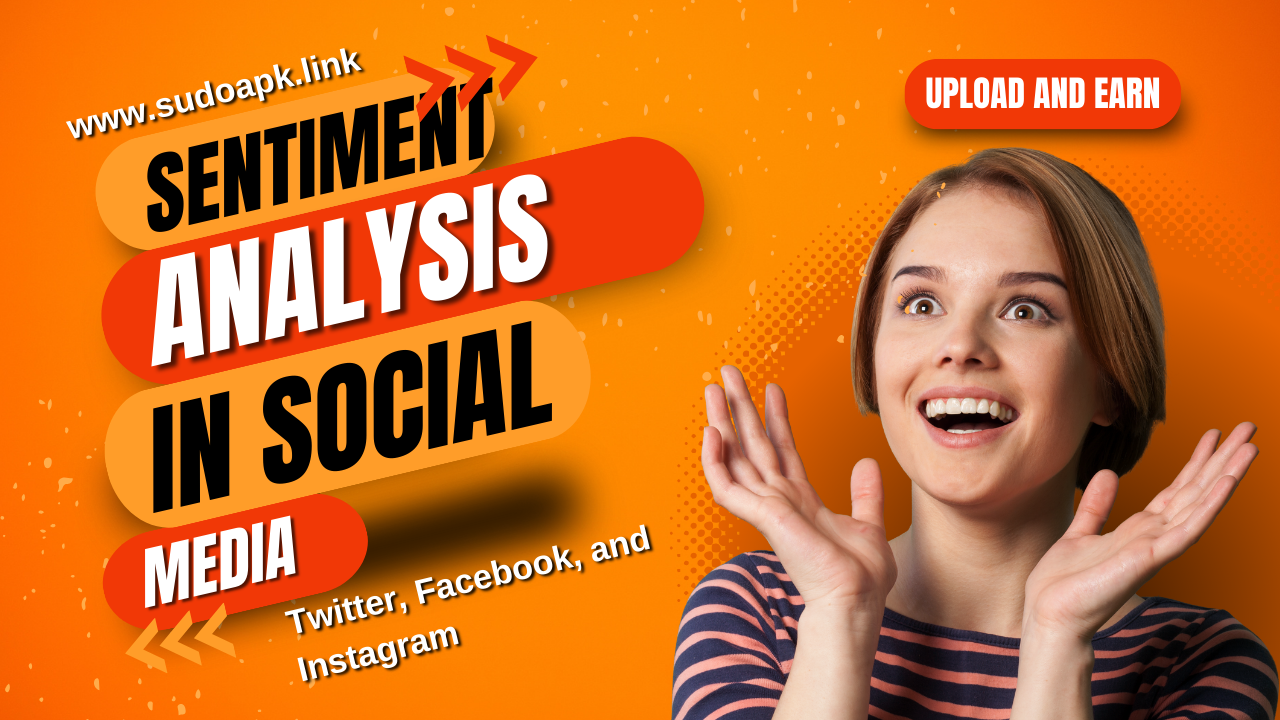

Sentiment Analysis in Social Media: Twitter, Facebook, and Instagram
Sentiment analysis, also known as opinion mining, is an increasingly important area within natural language processing (NLP) that aims to systematically identify, extract, quantify, and study affective states and subjective information. With the rise of social media platforms like Twitter, Facebook, and Instagram, sentiment analysis has become a critical tool for businesses, organizations, and researchers looking to programmatically understand public sentiment, perform market research, monitor brand and product perceptions, and more.
An Introduction to Sentiment Analysis
Sentiment analysis refers to the use of NLP, text analysis, computational linguistics, and biometrics to systematically identify, extract, quantify, and study affective states and subjective information. Sentiment is broadly broken down into positive, negative and neutral sentiments and can be applied to texts of various sizes and formats from sentences to lengthy documents.
The overarching objectives of sentiment analysis include:
- Determining the attitude, sentiment orientation, evaluations, assessments, or emotions towards certain topics or entities
- Quantifying affective states from text data using ranking or scoring
- Extracting subjective information and gaining insights from attitudes and opinions
Over the past decade, sentiment analysis has rapidly evolved from relying solely on lexicons to utilizing modern machine learning and deep learning techniques. It is now a mature field deployed in commercial applications by organizations.
Sentiment Analysis on Twitter
With its public API providing broad access to tweets, Twitter has become one of the premier social networks for gathering public sentiment data at scale. Brands, organizations, politicians, emergency response teams and more actively mine Twitter for opinions and reactions to products, services, events and news.
Here are some examples of how Twitter sentiment data is gathering and used:
Tracking Brand and Product Sentiment
Brands across every industry, from retail to financial services, regularly monitor Twitter to track brand mentions and sentiment towards products and services. By programmatically analyzing Tweets, brands gain unsolicited, real-time consumer feedback vital for marketing, product decisions and customer experience.
Specialized tools that integrate directly with Twitter's API enable brands to automatically classify tweets by sentiment, learn discussion topics and track monthly, weekly or even hourly sentiment changes towards brands, product or campaigns.
Predicting Stock Market Changes
Research indicates broad Twitter sentiment analysis can serve as predictors for real-world outcomes like stock performance and movie revenues.
Studies have shown measurable correlations between rising positive sentiment for a company and improving stock performance. Investment firms have implemented automated trading systems incorporating Twitter analytics to guide high-frequency trading decisions.
Informing Policy Decisions
Mining Twitter is not limited to brands, it offers immense value to governments and policy makers. Analyzing public discourse and opinion trends on Twitter enables data-driven policy decisions critical for positive civic and governmental outcomes.
From municipal governments tracking local attitudes to large federal agencies staying atop of public discussions, Twitter analytics is increasingly vital for public policy.
Social Listening During News Events
Twitter's real-time and public nature allows granular tracking of sentiment spikes, shifts and trends during major news events like elections or disasters. Such capabilities are invaluable for emergency response and gaining actionable insights when public opinions and emotions greatly accelerate.
Sentiment Analysis on Facebook
As the largest social network, Facebook serves as a vital source of consumer opinions - especially for eCommerce brands active on Facebook. Facebook combines massive scale in user-generated content with rich demographic data, enabling more advanced sentiment applications compared to Twitter.
Two growing use cases for mining and analyzing Facebook data are:
Product Feedback Analysis
Product catalogues, eCommerce integrations and detailed targeting capabilities empower retailers to gain Facebook user feedback for every product line. By programmatically analyzing Facebook comments, reviews and posts mentioning specific products, brands better understand customer satisfaction levels and optimize inventory or service issues uncovered.
Informed Advertising
Facebook ads manager integrates directly with Facebook's AI-powered sentiment analysis to provide campaign-level sentiment metrics. Analyzing emotional responses like love, sadness or anger within advertising audiences assists more empathetic and personalized ad campaigns.
And by combining campaign sentiment metrics with sales data to calculate ROI, brands quantify real business impact from audience emotional connections.
Instagram Sentiment Analysis
As Facebook's younger image-centric alternative, Instagram offers immense and still underutilized sentiment analysis potential thanks to its massive 500 million daily active users. Two expanding use cases include:
Influencer Campaign Sentiment
Analyzing audience sentiment for sponsored Instagram influencer posts provides brands vital performance feedback, from the engagement quality to audience interest levels in products promoted.
Such sentiment metrics guide decisions in expansive influencer marketing industry expected to grow to $25 billion by 2025. They enable data-optimized choices in future influencer partnerships.
UGC Content Moderation
User-generated photo analysis remains extremely challenging, but advancing computer visions now allows brands to detect offensive or dangerous content within Instagram communities. Automated UGC moderation by brands enhances user safety and preserves creative marketing opportunities unique to Instagram.
Leading Approaches for Social Sentiment Analysis
With fundamental techniques and objectives largely similar across social platforms, what are some leading approaches for sentiment analysis on Twitter, Facebook and Instagram?
Lexicon-Based Sentiment Analysis
A lexicon or dictionary-based technique leverages pre-defined lists of words scored by sentiment orientation (positive/negative) to classify text. For example, words like 'happy', 'great' or 'fantastic' receive positive scores while words like 'sad', 'awful' or 'unhappy' receive negative orientation scores.
By summing the scores of terms in a sentence or passage, an aggregate positivity or negativity score determines overall sentiment classification as positive, negative or neutral.
Lexicon approaches benefit from simplicity and understand common sentiment language. But they lack more advanced linguistic understanding.
Natural Language Processing
More advanced NLP approaches parse sentence structure, grammar and linguistic nuances that greatly alter sentiment understanding. Such capabilities allow identification of negations ("would not recommend"), sarcasm ("this product is just amazing") and contrast meanings ("beautiful hotel but terrible service") that alter sentiment.
Dependency parsing, part-of-speech tagging, named entity recognition and utilizing machine learning datasets for sentiment analysis are common NLP methods. But significant training data is required for accuracy.
Deep Learning Methods
Modern neural networks now offer state-of-the-art sentiment analysis, capable of handling challenges like sarcasm, slang and complex linguistic structures. But deep learning methods require vast datasets and infrastructure for training TensorFlow or PyTorch models.
Most social media platforms lack sufficient public access to train accurate models internally. So brands often rely on leading annotation services that leverage trained commercial models.
Maximizing Sentiment Analysis Accuracy
While modern sentiment analysis achieves high accuracy under certain conditions, several challenges unique to social content affect reliability:
Slang and Platform Lingo
Frequent use of slang, abbreviations and platform lingo across social networks reduces accuracy for most lexicon-based approaches. But modern machine learning methods dynamically model such informal language.
Sarcastic and Ironic Posts
Complex linguistic forms like sarcasm, irony and rhetorical questions remain enormously challenging for even advanced AI. Without very specific textual clues, subtle sarcasm goes undiscovered, drastically altering sentiment understanding.
Short-form Content
Brevity exacerbates sentiment analysis difficulties, with short-form tweets particularly prone to misclassification. Even humans struggle accurately interpreting sentiment from limited context.
Multilingual Analysis
Platforms like Twitter contain diverse linguistic diversity spread globally. But most approaches target only single languages like English, limiting usefulness.
Key Metrics and KPIs for Social Sentiment Tracking
To enable data-driven decisions, social sentiment analysis requires tracking tangible metrics that quantify performance and impact. Here are five key performance indicators (KPIs) brands should monitor:
Sentiment Polarity Scores
Polarity scores denote the positivity, negativity or neutrality of text on an aggregate level. Typically measured on a -1 to +1 scale, rising polarity signifies improving sentiment while declining polarity indicates worsening sentiment.
Sentiment Volume
The sample size of posts and content analyzed over any period. High sentiment volume enhances significance and accuracy. Spikes may indicate viral issues requiring response.
Sentiment Ratio
The relative ratio between positive, negative and neutral content. For most brands, sentiment ratios above 60% positive are ideal. Shifting ratios demand investigation into causal factors.
Sentiment Trends
Longitudinal tracking of daily, weekly or monthly sentiment shifts, enabling analytics like month-over-month comparisons. Trend analysis uncovers macro-level issues and optimal periods.
Business Impact Metrics
Ultimately sentiment aims to improve business decision making. So correlating sentiment KPIs with key business metrics like revenue, sales or foot traffic provides tangible value measures.
Pros and Cons of Social Sentiment Analysis
Sentiment analysis, especially across major social platforms, is an invaluable tool - but also contains inherent limitations. A balanced perspective requires evaluating both pros and cons:
Key Pros
- Real-time feedback at mass scale not possible through manual surveys
- Quantifies consumer opinions with tangibility not found in anecdotal data
- Historical sentiment tracking enables granular trend analysis
- Provides voice and agency to marginalized demographic groups
- Fosters a data-driven approach to guide business, policy and research
Potential Cons
- Questions around representativeness of social media populations
- Struggles with accuracy on informal, short-form and sarcastic content
- Fails to capture complex range of human emotions beyond positive/negative/neutral
- Potential algorithmic biases from badly designed training data
- Lacks qualitative depth in understanding psychosocial factors
So while leveraging social sentiment generates undeniable value, it should complement traditional methods like interviews, ethnography and focus groups.
Best Practices and Future Outlook
Some best practices that enable more effective, ethical and accurate social sentiment analysis include:
- Carefully auditing algorithms and training datasets for demographic biases
- Incorporating contextual signals like reactions and comments into analysis
- Comparing sentiment scores across multiple analysis tools and aggregating
- Setting precise targets for accuracy rates based on use cases
- Combining social data with surveys and traditional insight gathering
Looking forward, the field of sentiment promises more human-aligned techniques through innovations like aspect-based sentiment analysis, emotion AI and causality prediction models. Such methods aim beyond just positive or negative classification to extract layered psychological insights from text at scale. Integrating such techniques with the breadth of social data will foster more advanced, empathetic applications.
FAQs Around Social Sentiment Analysis
What are some common use cases for analyzing sentiment on social platforms?
Key use cases include tracking brand and product perception, understanding customer satisfaction levels, gaining real-time audience feedback, estimating revenue or adoption for launches, informing advertising and content strategy, predicting stock performance, tracking audience engagement for events, understanding public opinion shifts around policies or societal issues, and more.
What are some leading tools or solutions for social sentiment analysis?
Top solutions include brand monitoring tools like Sprinklr, Sprout Social, or Buffer for integrated social media management and analytics. Specialized social listening providers like Brandwatch, Ubervu, Sysomos, or Talkwalker offer deep analytic capabilities. Low/no-code analytics platforms like Google's BigQuery or Amazon Comprehend also enable powerful text processing pipelines for sentiment analysis.
What are some common challenges with accuracy in social sentiment analysis?
Key accuracy factors affecting social media sentiment analysis include informal language use replete with platform-specific slang, abbreviations and emojis, short-form limited context content as seen in Tweets, sarcasm and ironic or contradictory statements that confuse algorithms, and multilingual analysis spanning different regional dialects.
How can the impact of sentiment analysis be measured?
Tangibly measuring the business, policy or research impact of social sentiment analytics relies on correlating key sentiment metrics like polarity, volume, ratios and trends with real-world outcomes like sales revenue, foot traffic, adoption rates for products, brand reputation or equity scores, issue support levels, or political opinion shifts across demographics.
What does the future outlook of social sentiment analysis include?
Emerging innovations in social sentiment analysis involve more contextual and causal predictive modeling frameworks to understand not just opinions but why opinions form and spread. Such advances will harness broader emotion AI spanning beyond positive/negative/neutral classification to map complex psychological dimensions within online discourse and communities.
Popular articles
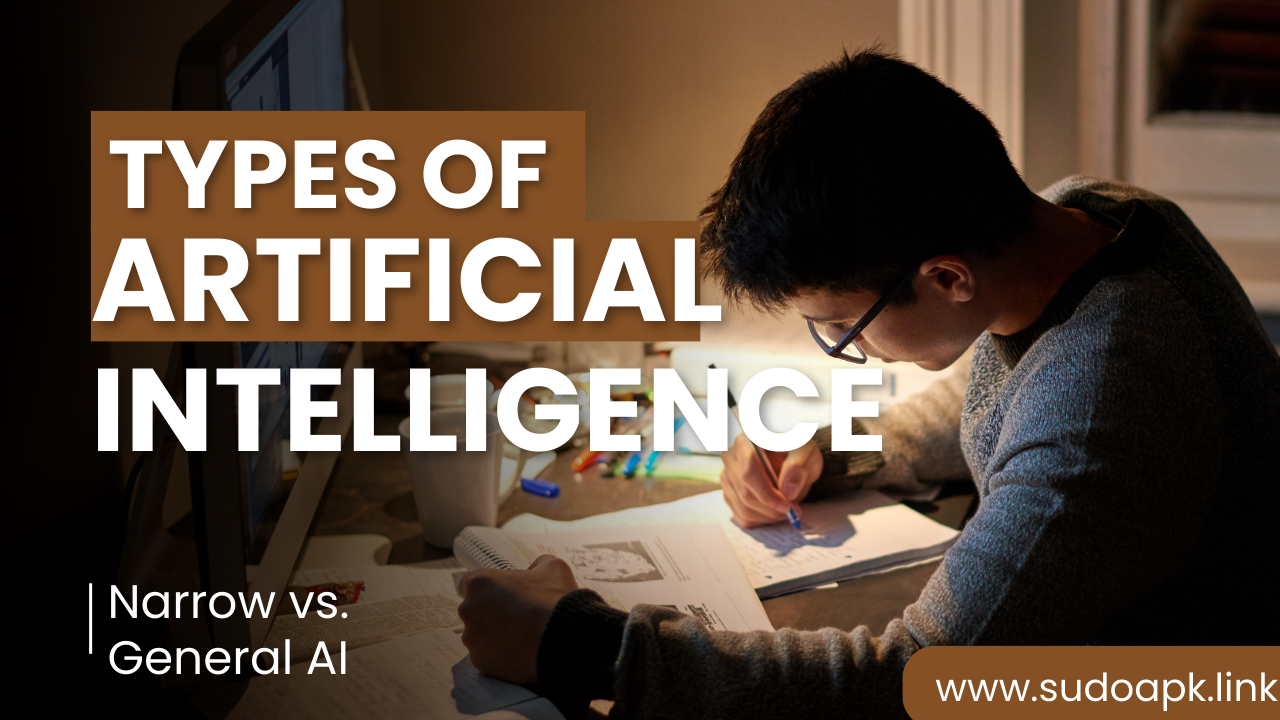
Dec 31, 2023 07:04 AM
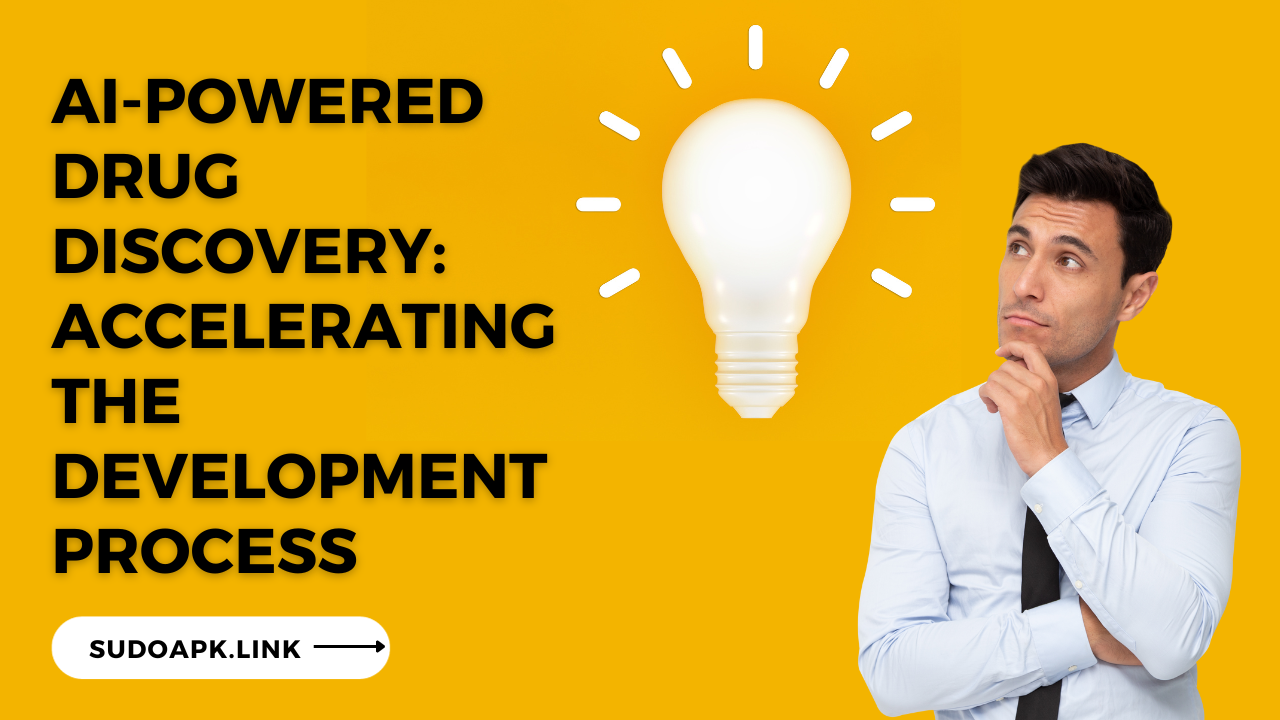
Jan 06, 2024 06:56 AM
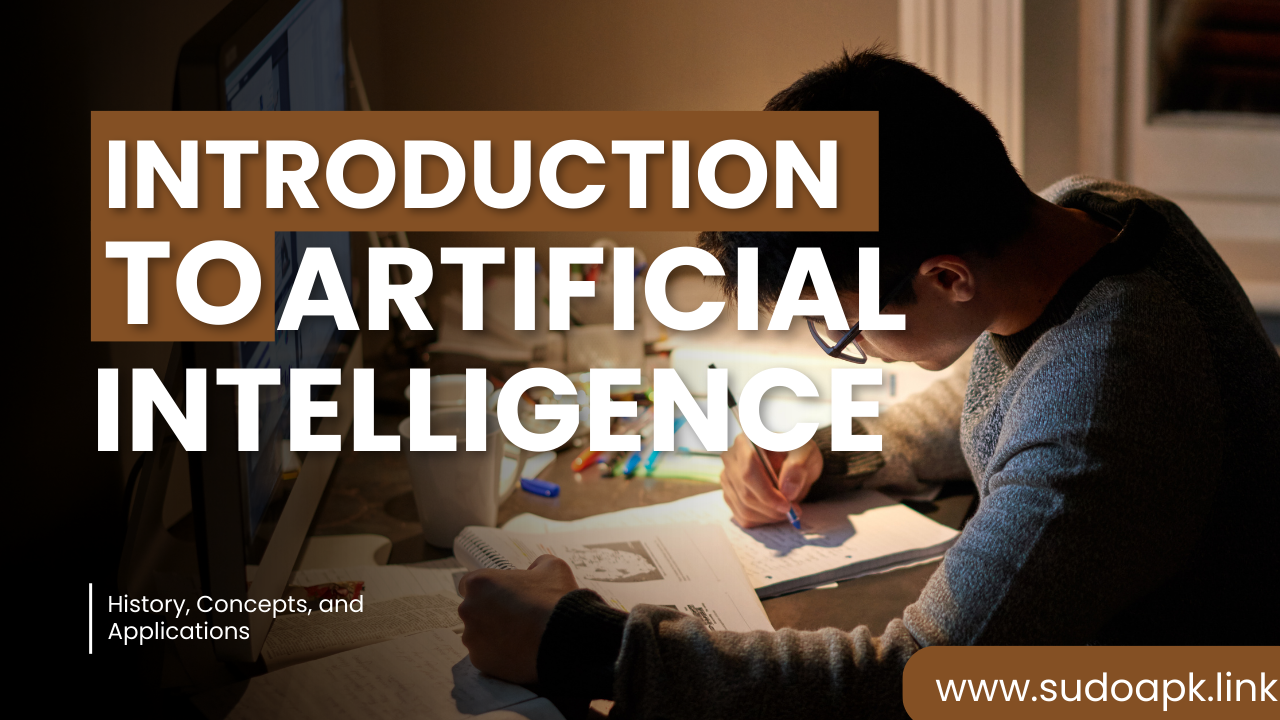
Dec 31, 2023 06:48 AM
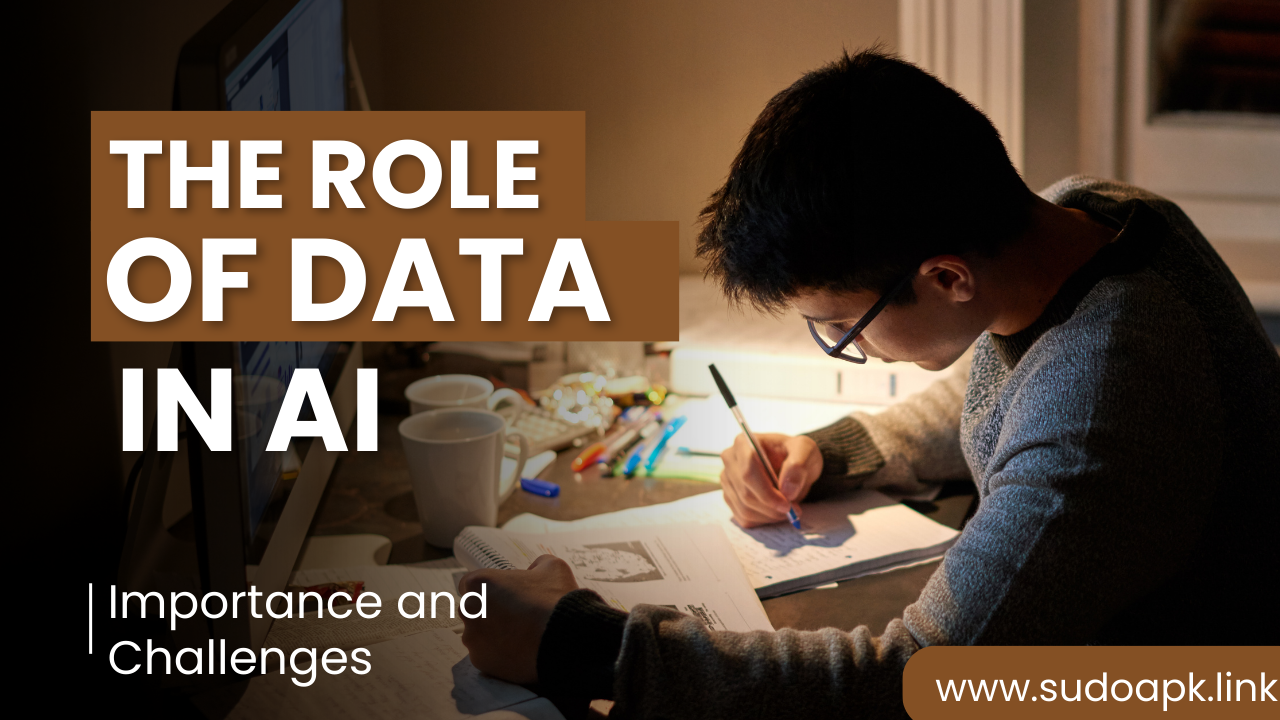
Dec 31, 2023 07:22 AM

Jan 01, 2024 09:54 PM
Comments (0)